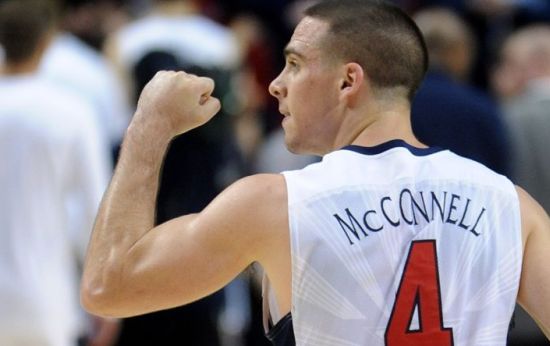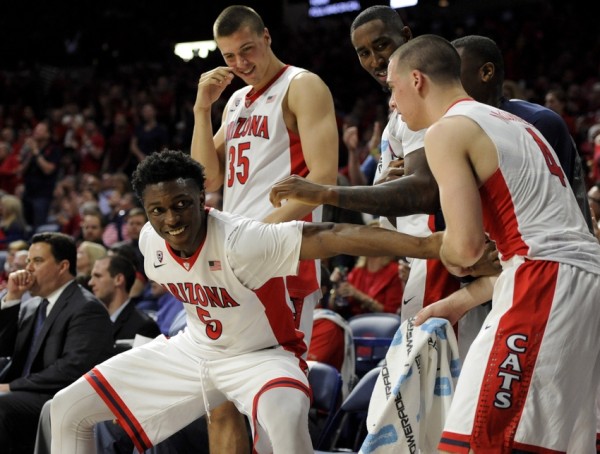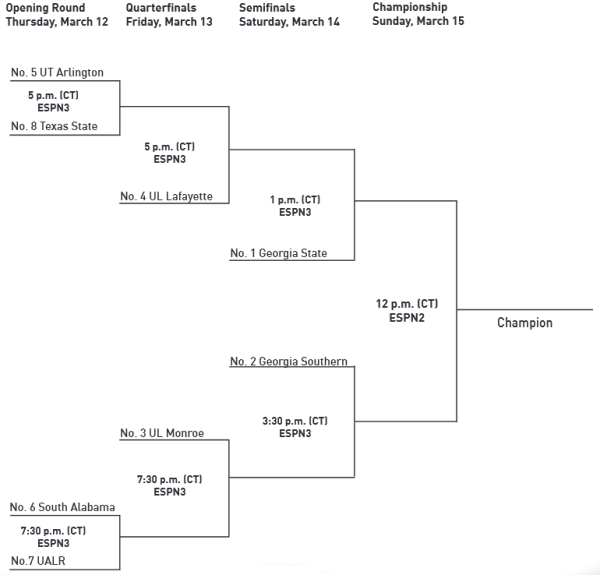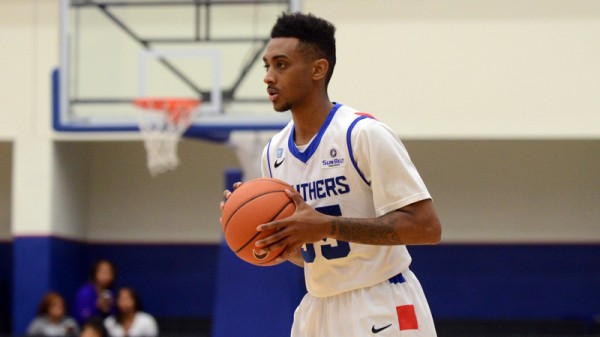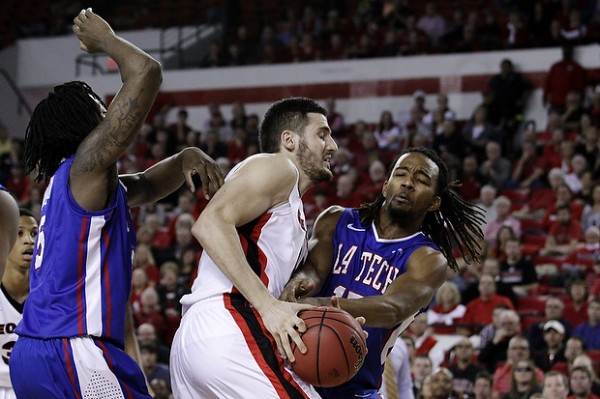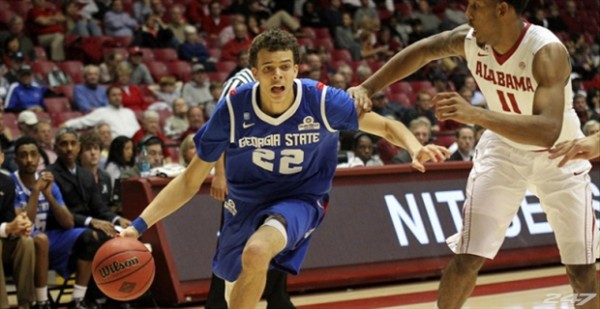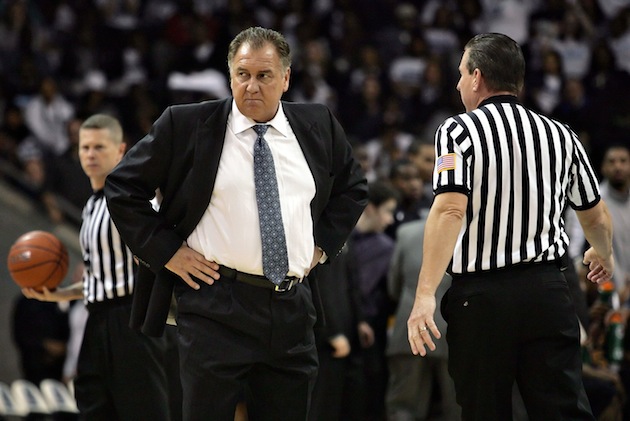Posted by RTC Staff on March 21st, 2015

The last time this crew of programs laced up the sneakers, they provided us with a slate to remember. From last-second thrillers to overtime upsets that came out of left field, Thursday was quite simply one of the most electric opening days in NCAA Tournament history. Could history repeat itself? Here are eight previews of Saturday’s games.
#11 UCLA vs. #14 UAB — South Region Third Round (at Louisville, KY) — 12:10 PM ET on TBS.
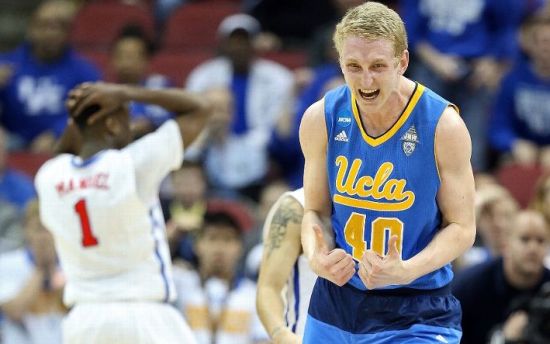
Regardless of how they did it, Thomas Welch and UCLA are one step away from the Sweet Sixteen. (Andy Lyons/Getty)
Steve Alford has finally figured out this NCAA Tournament thing. All you have to do is put together an entirely mediocre season, inexplicably make the Tournament field (and avoid the First Four while you are at it), have the refs blow a call in the final 20 seconds of your opener that propels your team to victory, then find a #14 seed waiting for you in the third round. That’s all! What a charmed five days it was for the Bruins, whose season suddenly has meaning. Thursday wasn’t so bad for UAB, either, as the Blazers toppled Iowa State in what should go down as the biggest upset of the second round (apologies to Georgia State). Two double-digit seeds now face off with a bid to the Sweet Sixteen on the line. UCLA does not play as quickly as Iowa State does (the Bruins are 113th in the country in possessions per game), but UAB will try to recreate the muddle that was Thursday’s game with the Cyclones. The Blazers dominated the glass (outrebounding Iowa State by 15), enabling them to survive their unimaginative offensive (41% field goal shooting and 3-of-18 shooting from three-point range). UCLA’s Kevon Looney and Tony Parker are unlikely to submit to a similar assault on the backboards in this game, so Jerod Haase’s team may have to promote other strengths. The problem for the Blazers is that there really aren’t many. They don’t shoot the ball well from the field, turnovers are frequently an issue, and their work on the defensive end has been average at best this season. All this isn’t intended to make UCLA out to be an unbeatable monster of a team (they aren’t), but at least on paper, UAB just is not that great a team. They did find a way to get it done against a team better than UCLA on Thursday, and the Bruins, as mentioned, are very far from perfect themselves. But while anything is possible, a return to expectation (albeit a smaller one than we had two days ago) should be in the cards here. Steve Alford and UCLA, say hello to the Sweet Sixteen.
The RTC Certified Pick: UCLA
#1 Kentucky vs. #8 Cincinnati – Midwest Region Round of 32 (in Louisville, KY) – at 2:40 PM EST on CBS
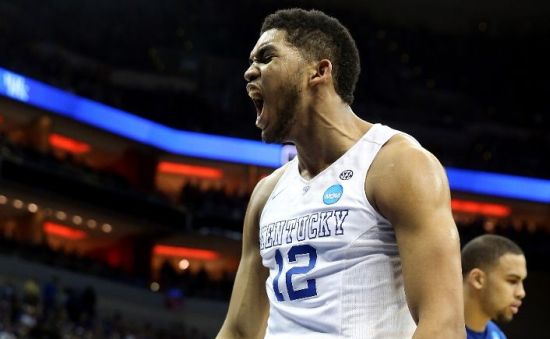
Karl-Anthony Towns was an absolute force to be reckoned with Thursday evening. Will Cincinnati’s frontline fair any better? (Andy Lyons/Getty)
Unbeaten Kentucky was not at its best Thursday, but it did not really matter as it still cruised to a 79-56 victory over Hampton. While Kentucky — as a whole — was a bit uneven against the Pirates, freshman forward Karl-Anthony Towns turned in a phenomenal performance. Towns was clearly the best player on the court all evening, finishing with 21 points (8-of-12 FG), 11 rebounds, and three blocks in just 25 minutes of action. Sophomore guard Andrew Harrison and freshman guard Tyler Ulis were also very good in the victory, as they totaled a combined 25 points, eight rebounds, and six assists. Even though Hampton is not considered an offensive juggernaut, Kentucky’s defensive performance was still impressive. The Pirates were held to just a 17-of-59 (28.8%) shooting performance, and only one player converted more than two field goals. Meanwhile, Cincinnati showcased its great resiliency in its win over Purdue on Thursday. The Bearcats trailed by seven with with 48.5 seconds to play before going on a 10-3 run to force overtime where they ultimately prevailed with a 66-65 victory. Cincinnati does not have any stars, but it received strong contributions from sophomore guard Troy Caupain (10 points and four assists), junior guard Farad Cobb (14 points), and junior forward Coreontae DeBerry (13 points). The Bearcats frustrated Purdue with tenacious defense all night, as the Boilermakers were just 26-of-72 (36.1%) from the field, including 4-of-26 (15.4%) from the perimeter. Cincinnati has played hard all season under some less than ideal circumstances, and its coaches and players deserve credit for making it this far. Unfortunately for them, this run will come to an end at the hands of Kentucky on Saturday. The Wildcats just have way too much talent across the board for this to really even be all that close. Expect Towns and Willie Cauley-Stein to establish themselves early and lead Kentucky to the Sweet 16 with a comfortable victory.
The RTC Certified Pick: Kentucky Read the rest of this entry »
| 2015 ncaa tournament, game analysis
| Tagged: andrew harrison, arizona, arkansas, bobby portis, butler, chris holtmann, cincinnati, coreontae deberry, D'Angelo Russell, delon wright, demetrius jackson, farad cobb, feature, georgetown, georgia state, J.P. Tokoto, jerian grant, john thompson III, karl-anthony towns, kellen dunham, kentucky, larry krystkowiak, marcus paige, matt stainbrook, michael qualls, mike brey, north carolina, notre dame, ohio state, r.j. hunter, roosevelt jones, sean miller, Stanley Johnson, thad matta, troy caupain, Tyler Ulis, utah, Willie Cauley-Stein, xavier, zach auguste
Share this story
